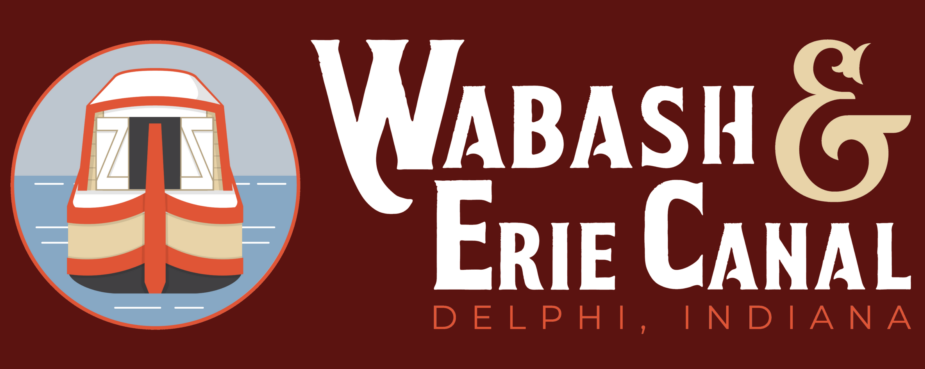Canal Pioneer Village
A Snapshot of canal era life
The Wabash & Erie Canal changed life for Hoosiers across the state, but what did life look like for the inhabitants along the Wabash in the mid-1800’s? Step into the Pioneer Village and step back in time to experience the trades, skills, and ways of life that are essential to a full understanding of the canal story.
Browse below for a tour of the pioneer village buildings
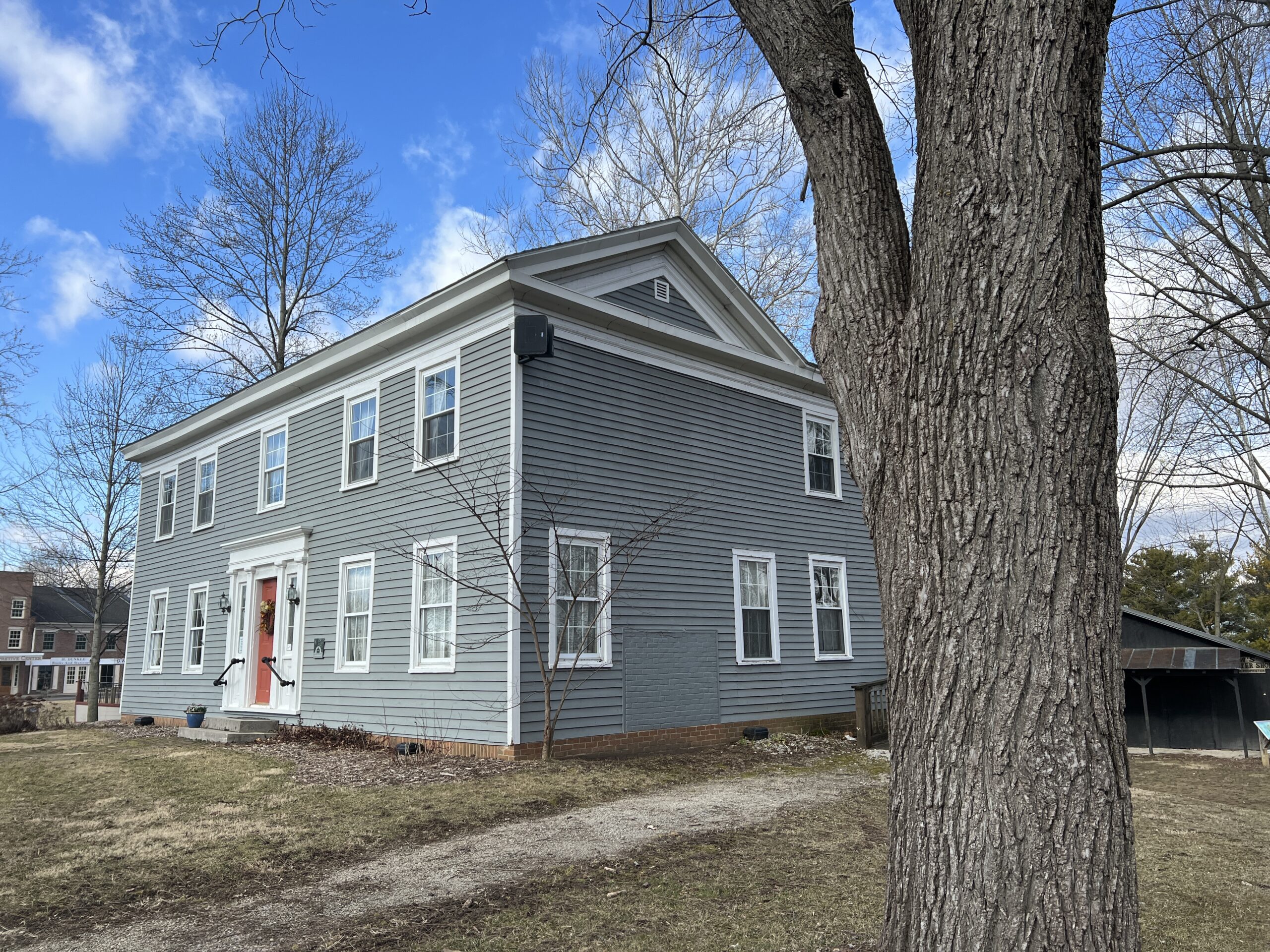
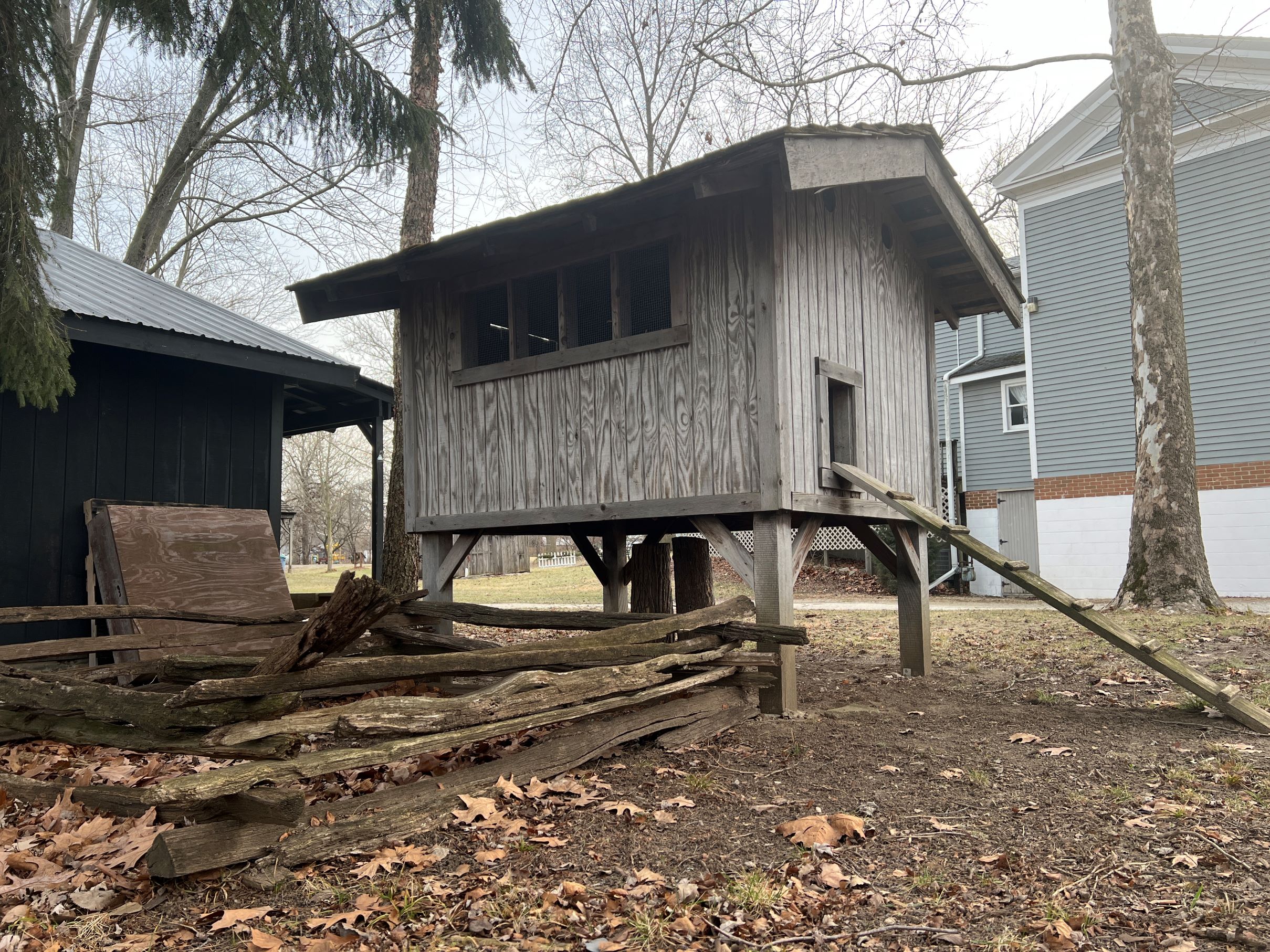
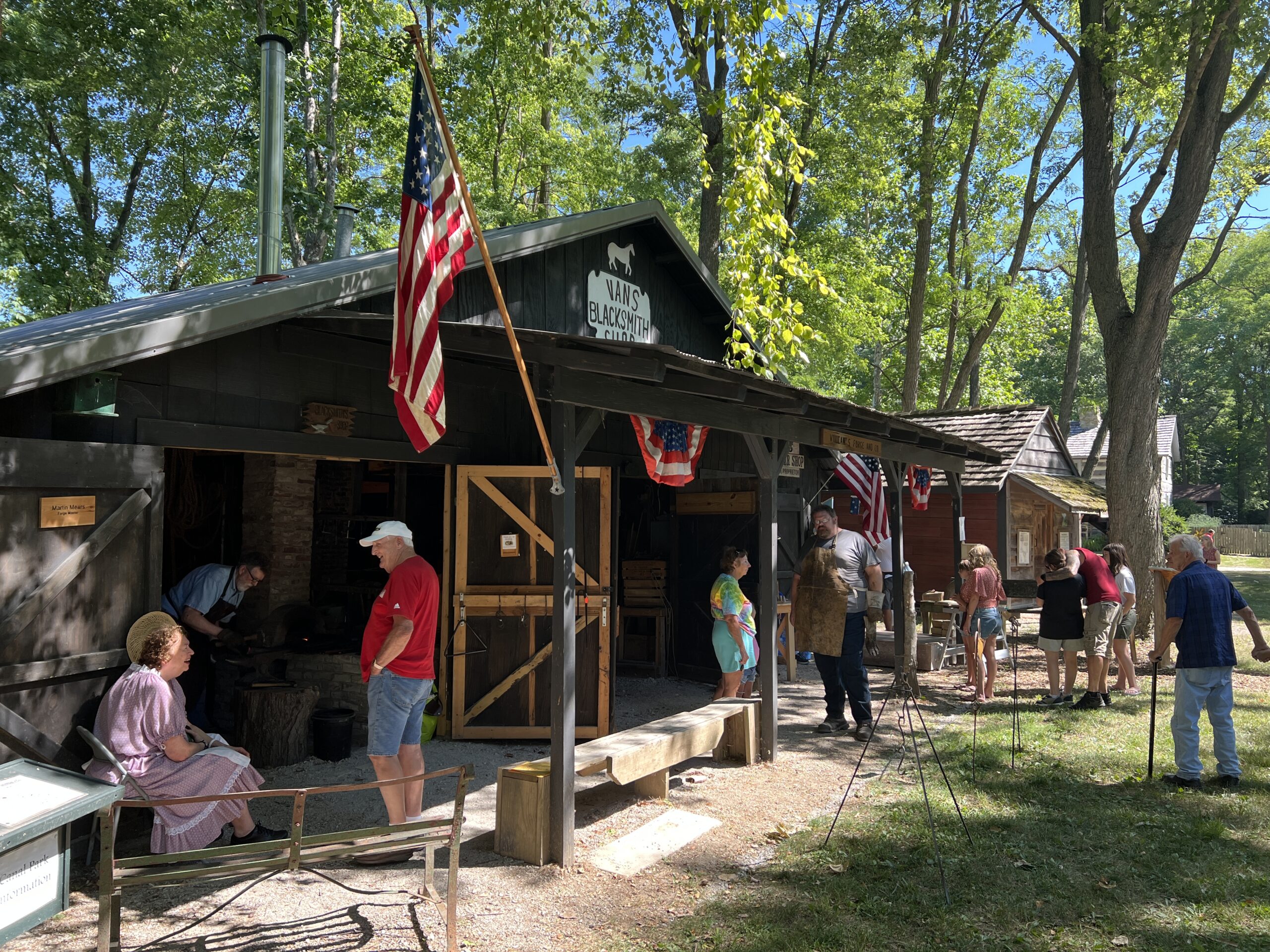
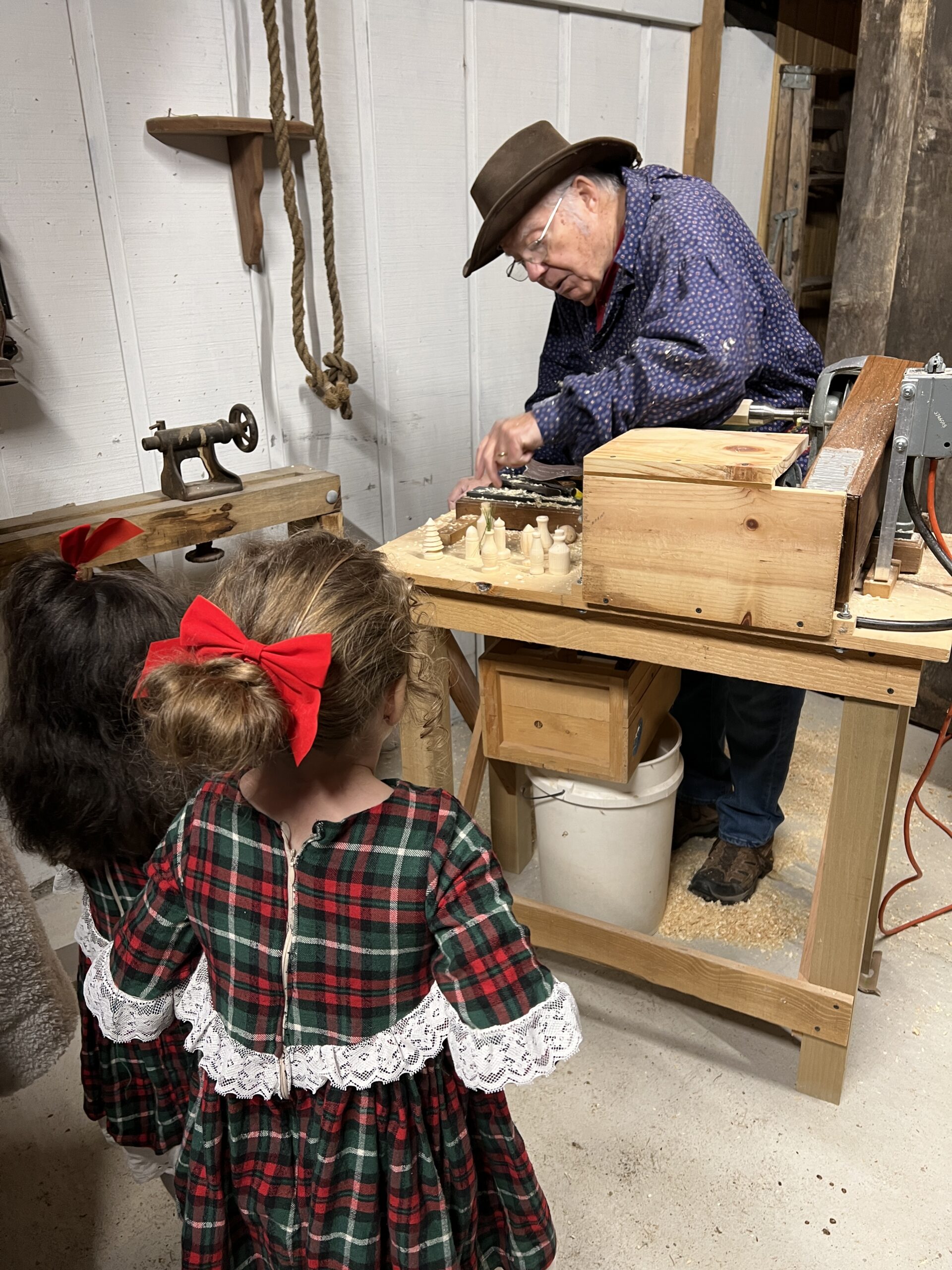
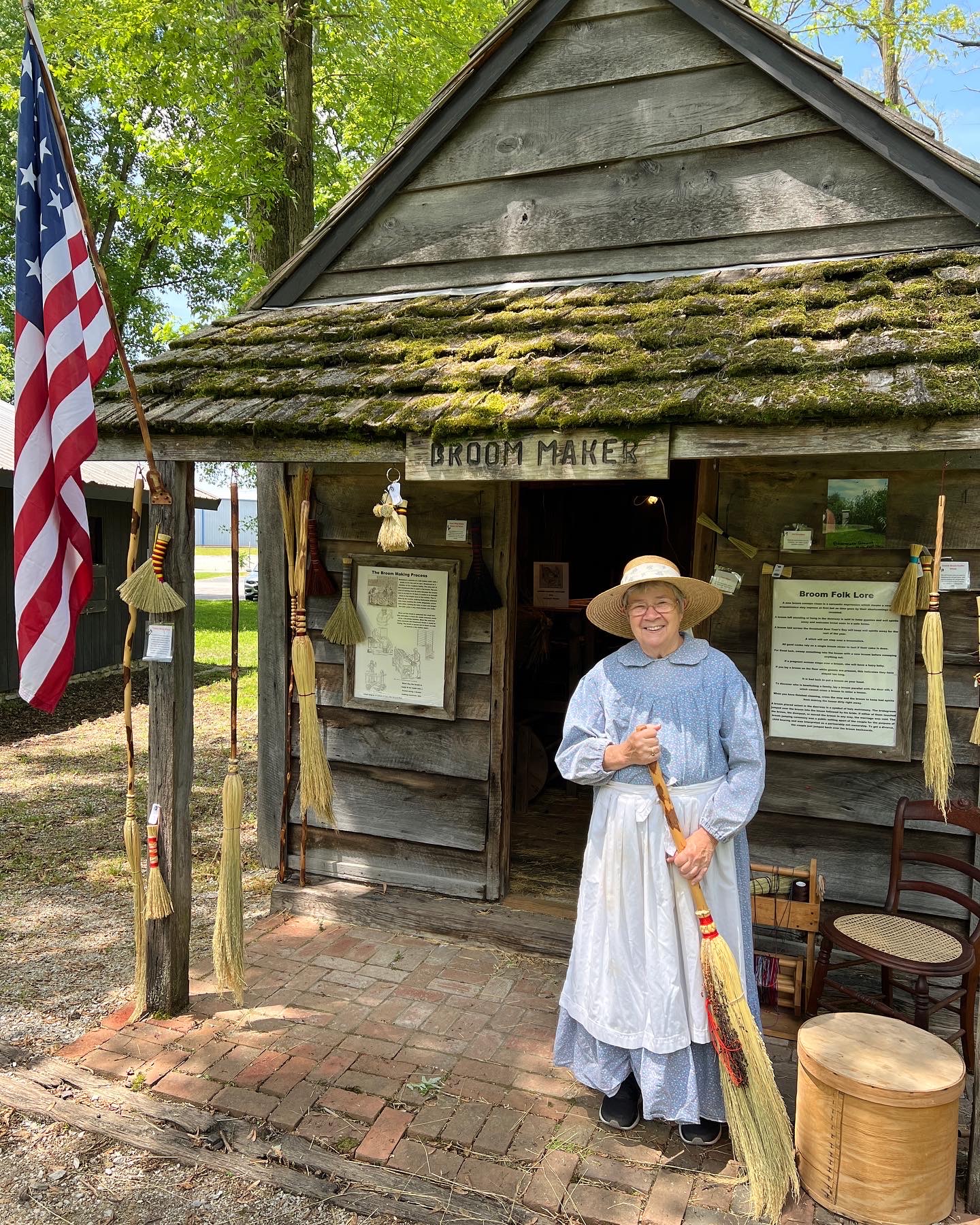
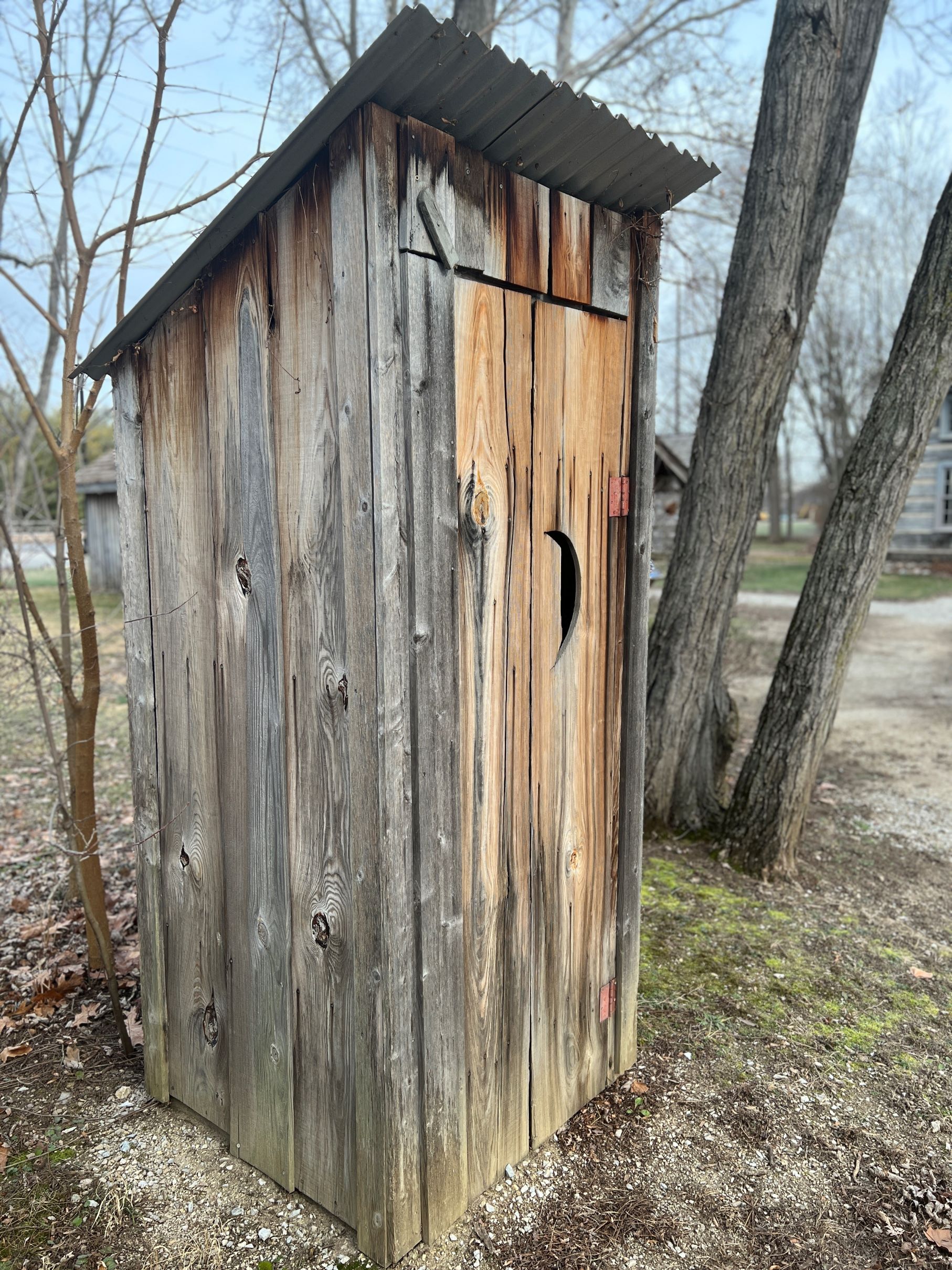
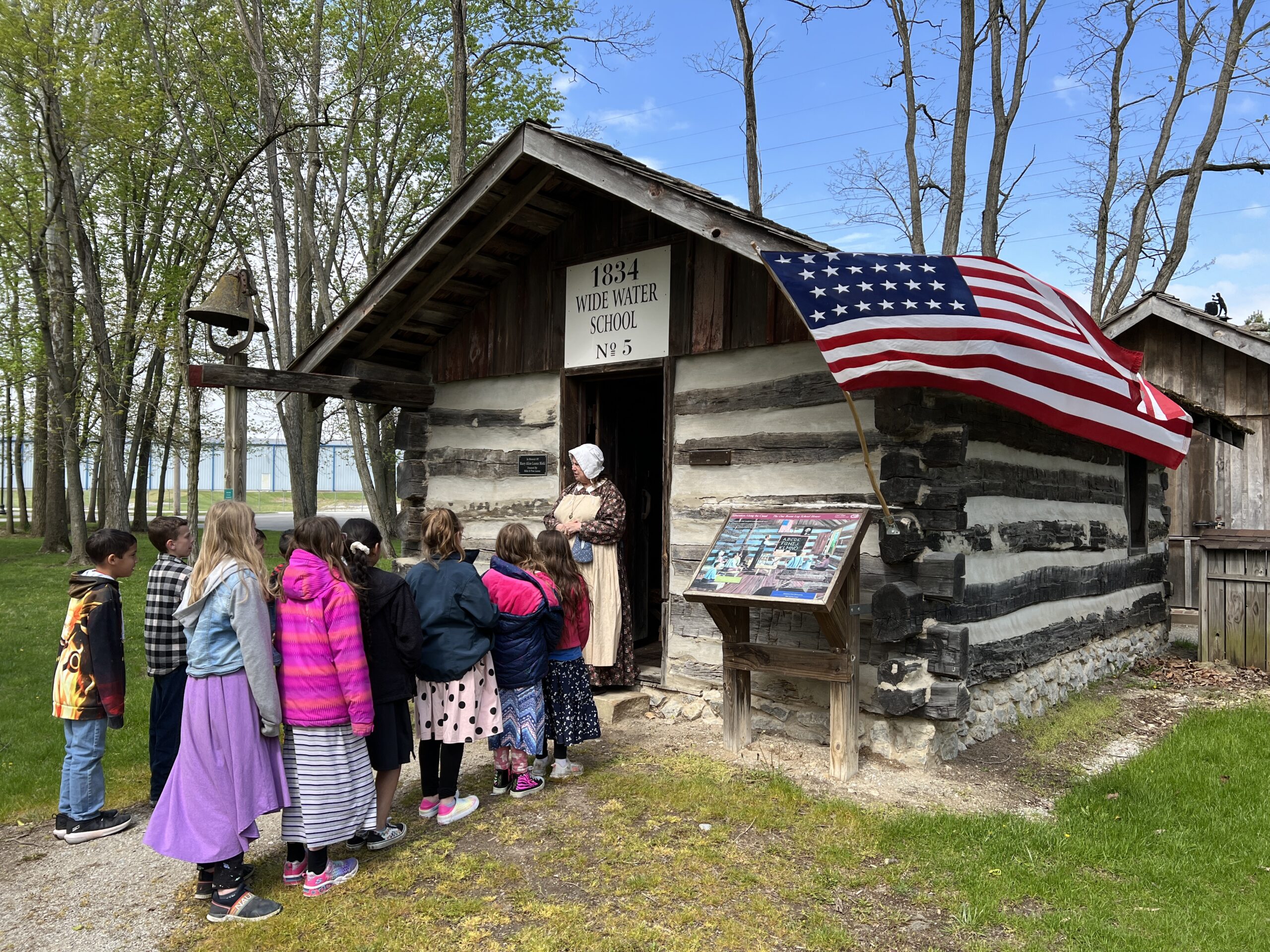
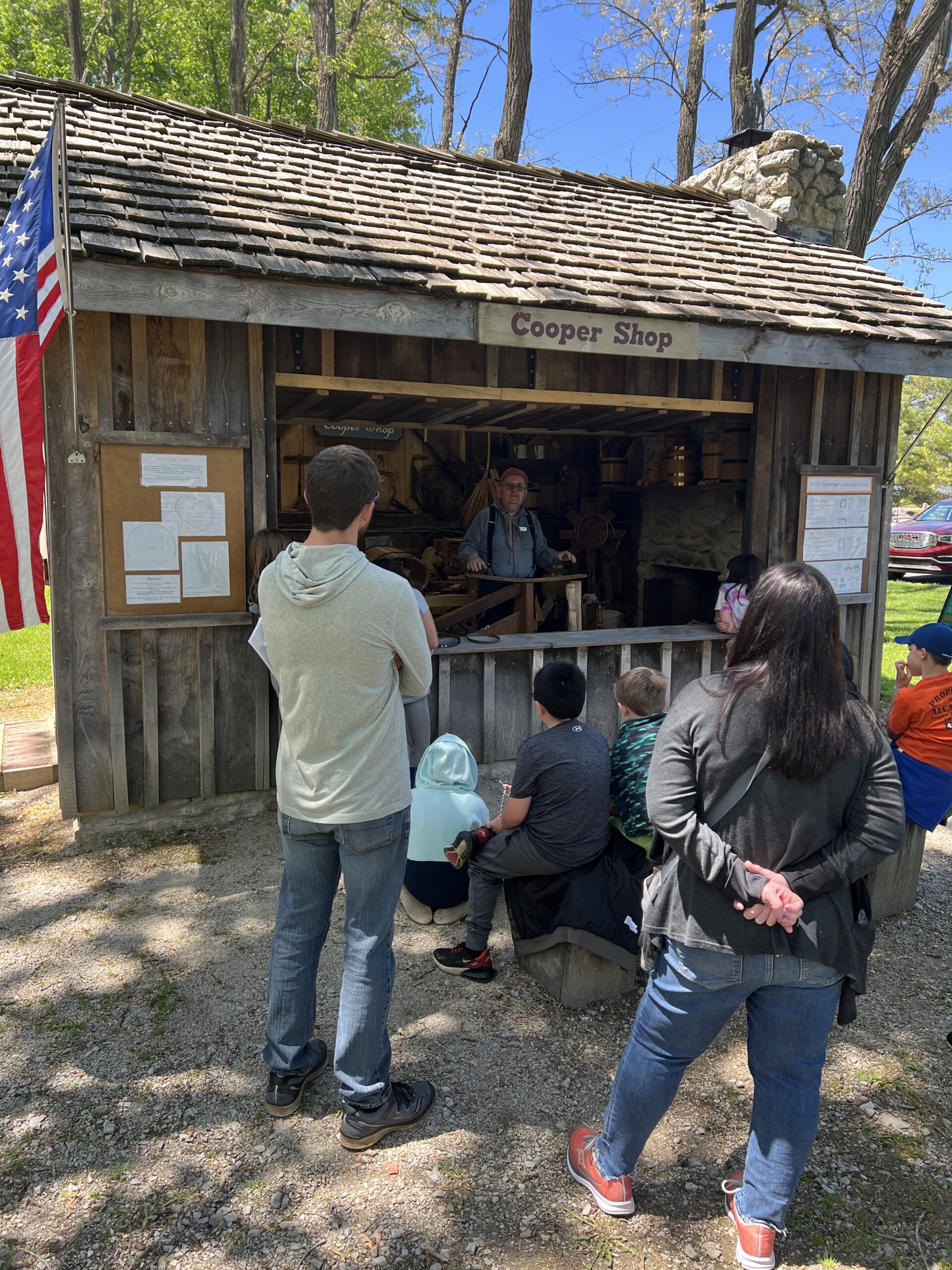
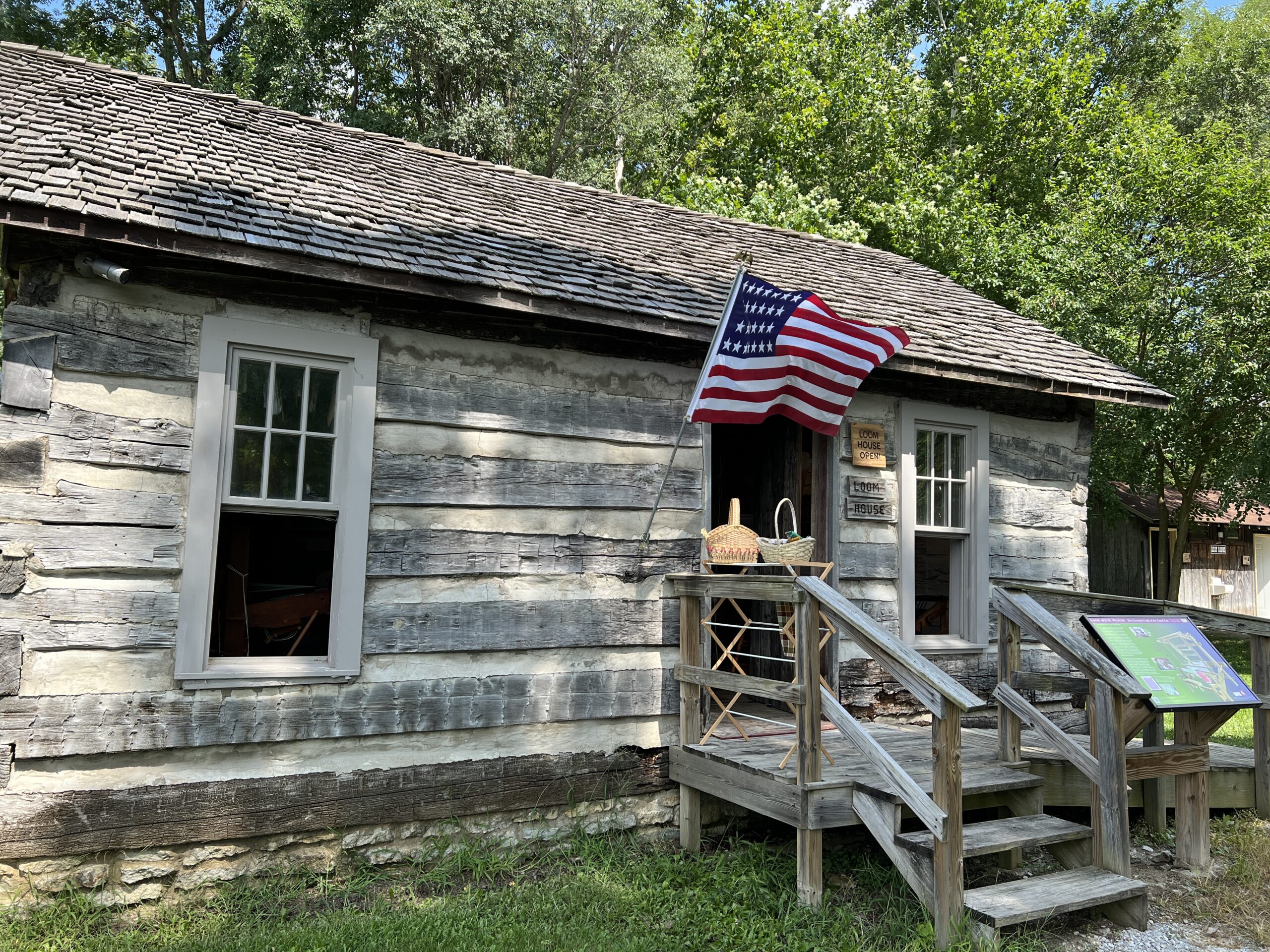
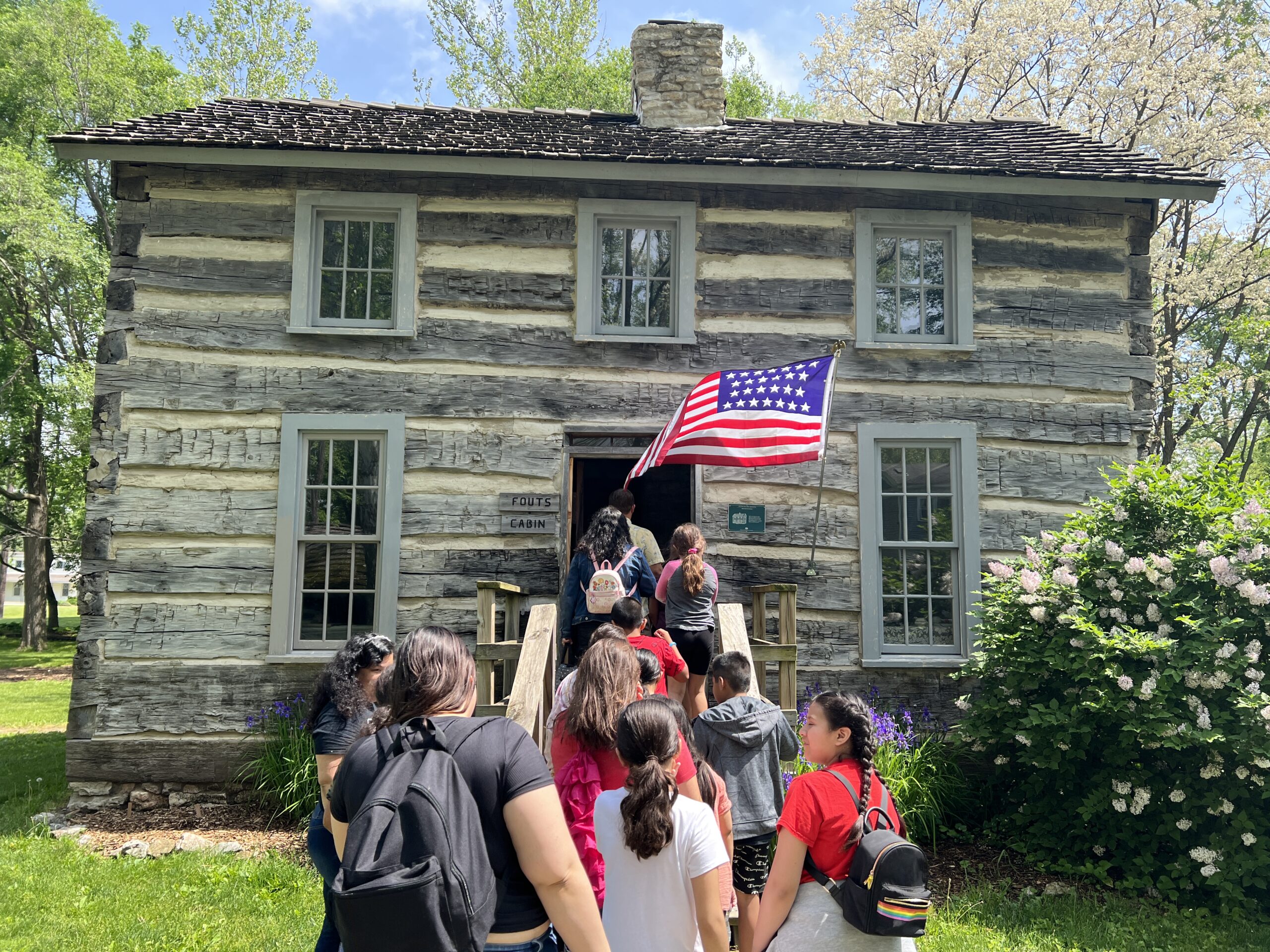
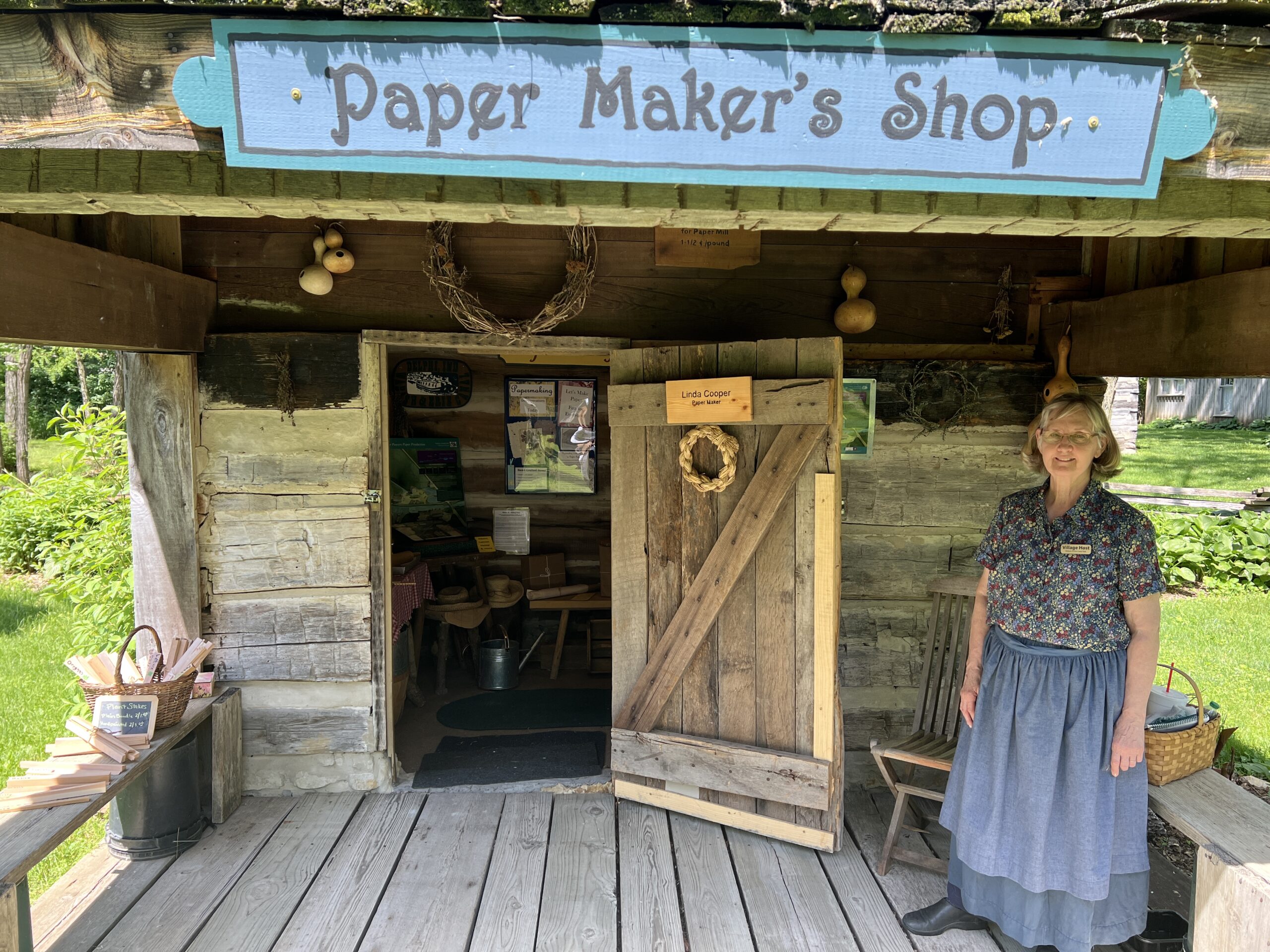
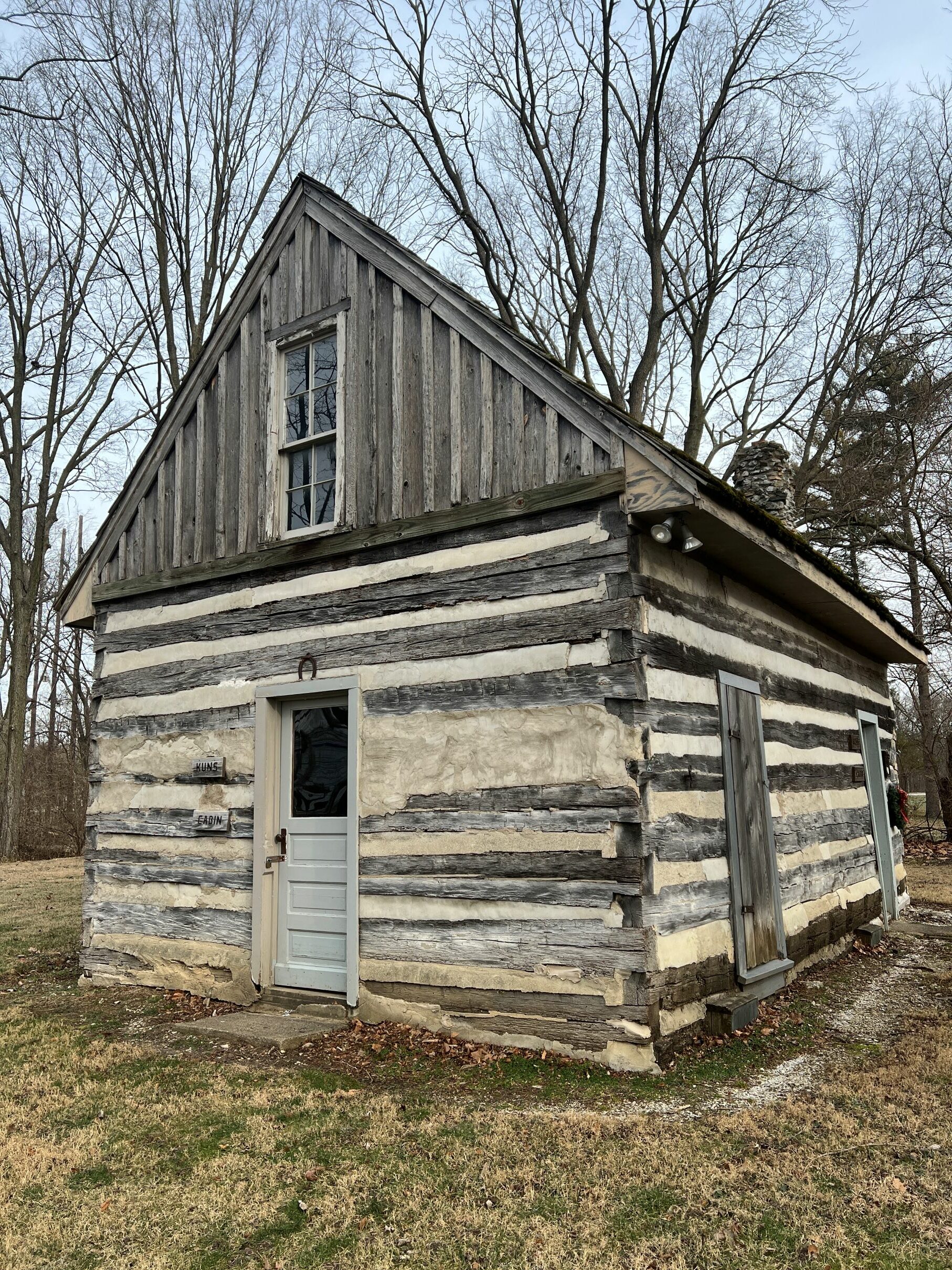
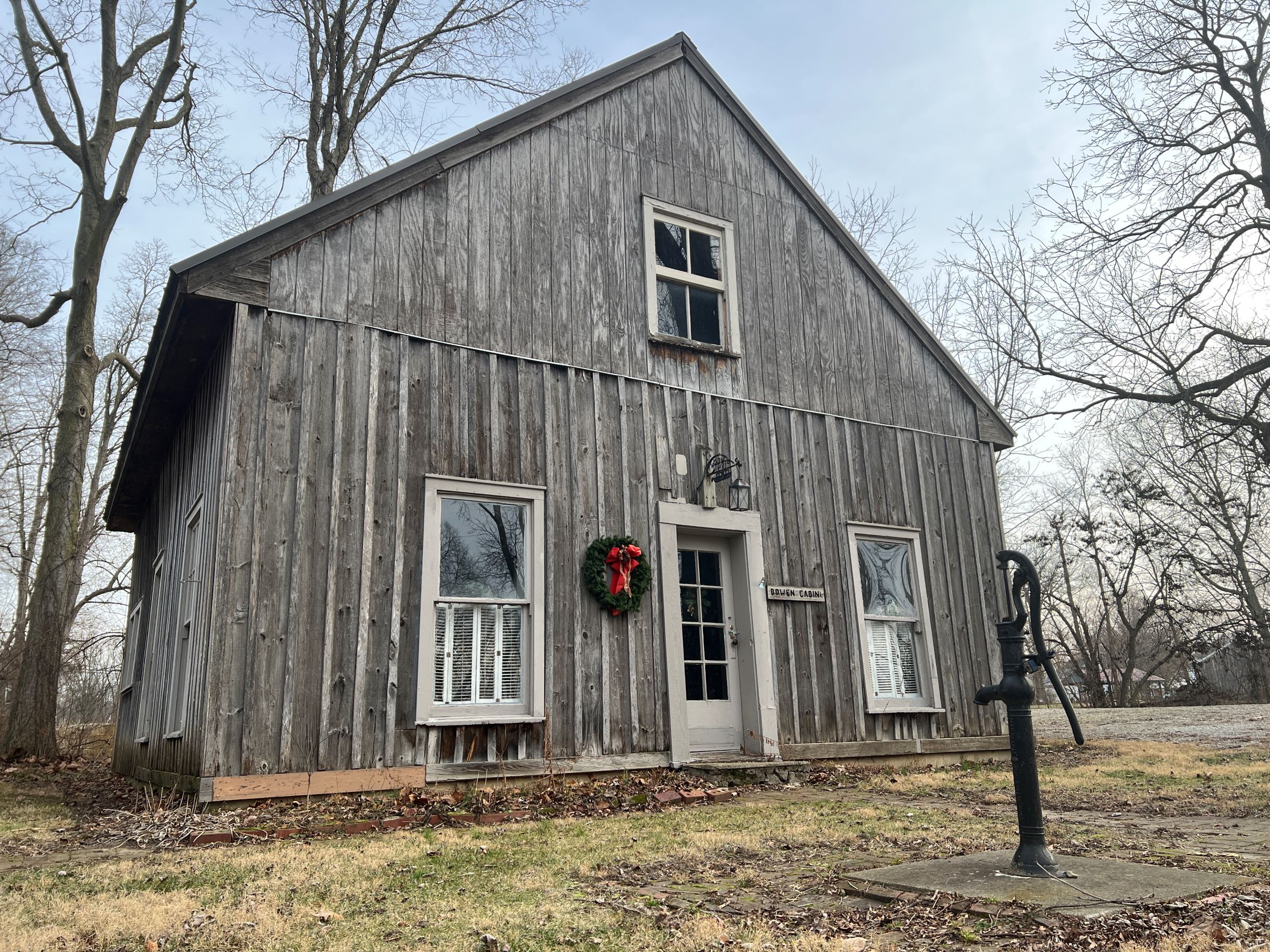
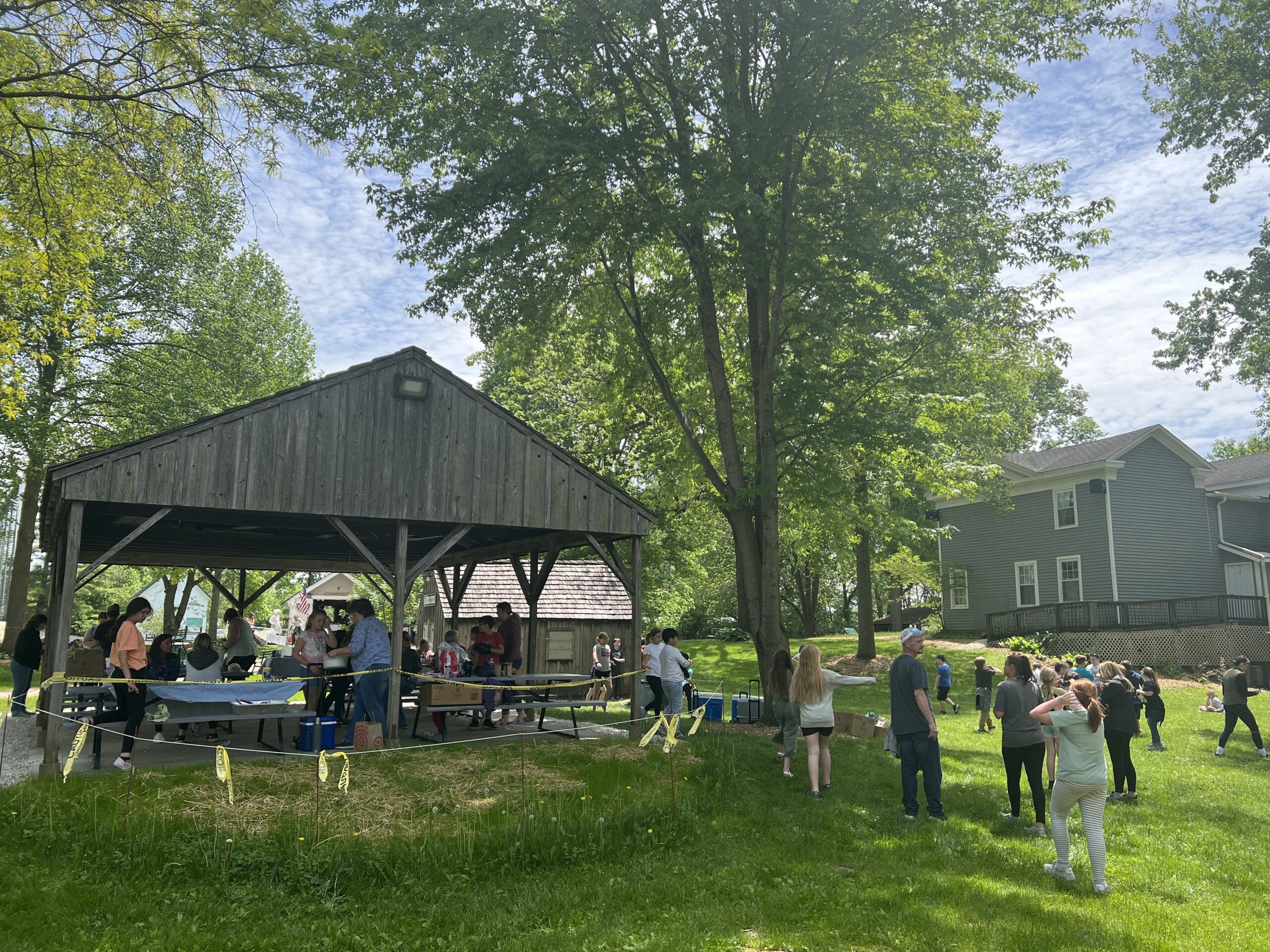
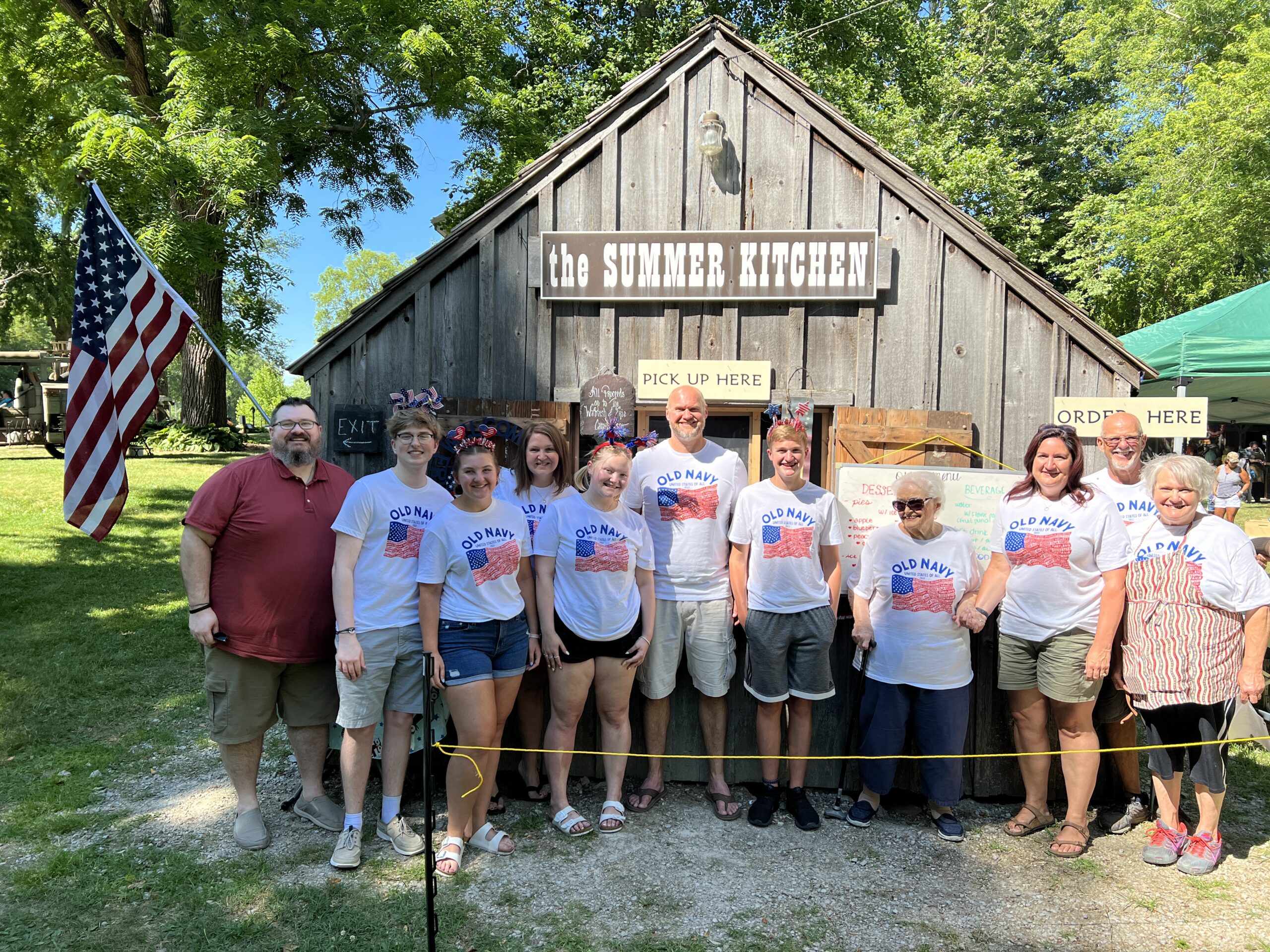
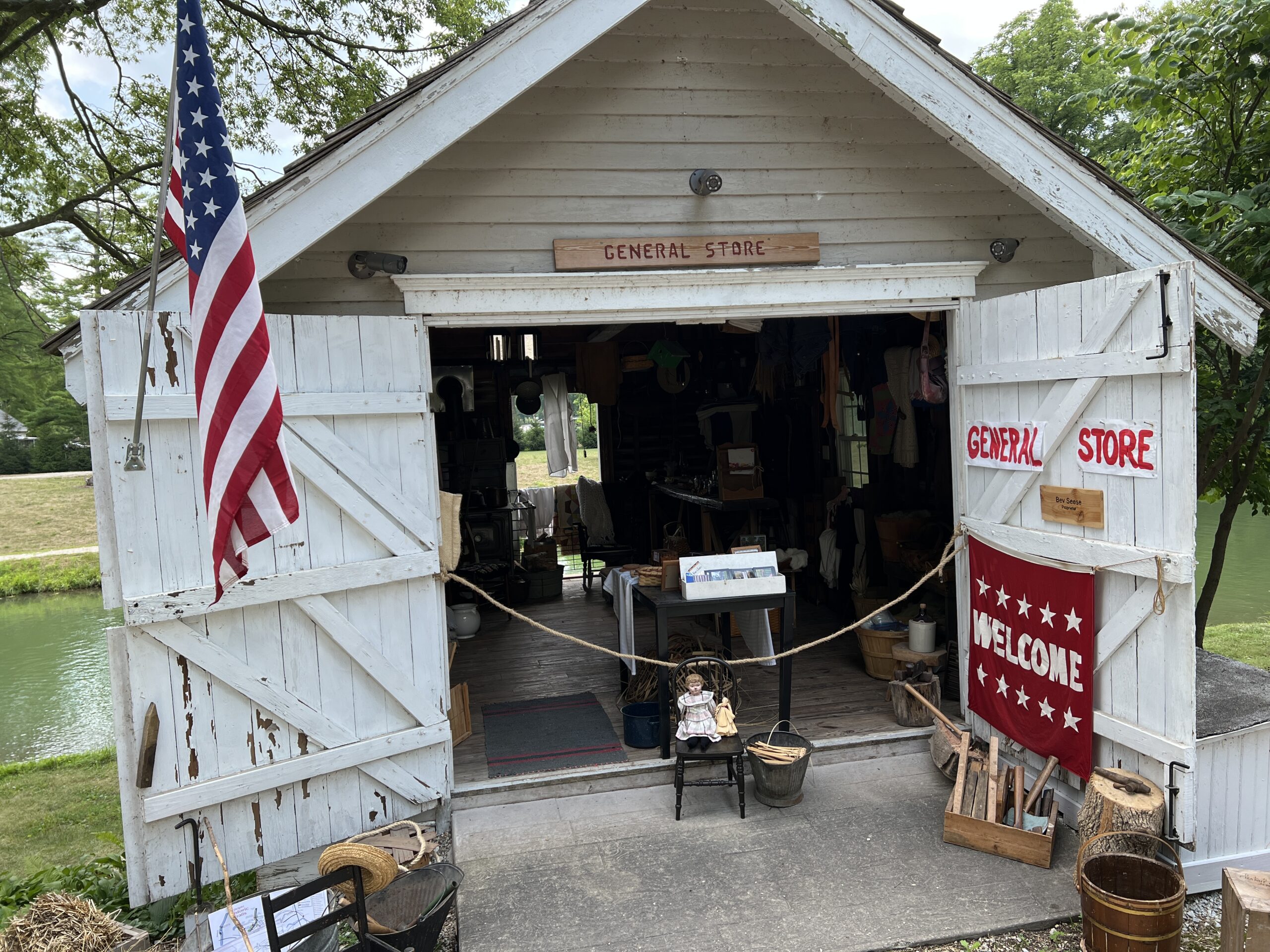
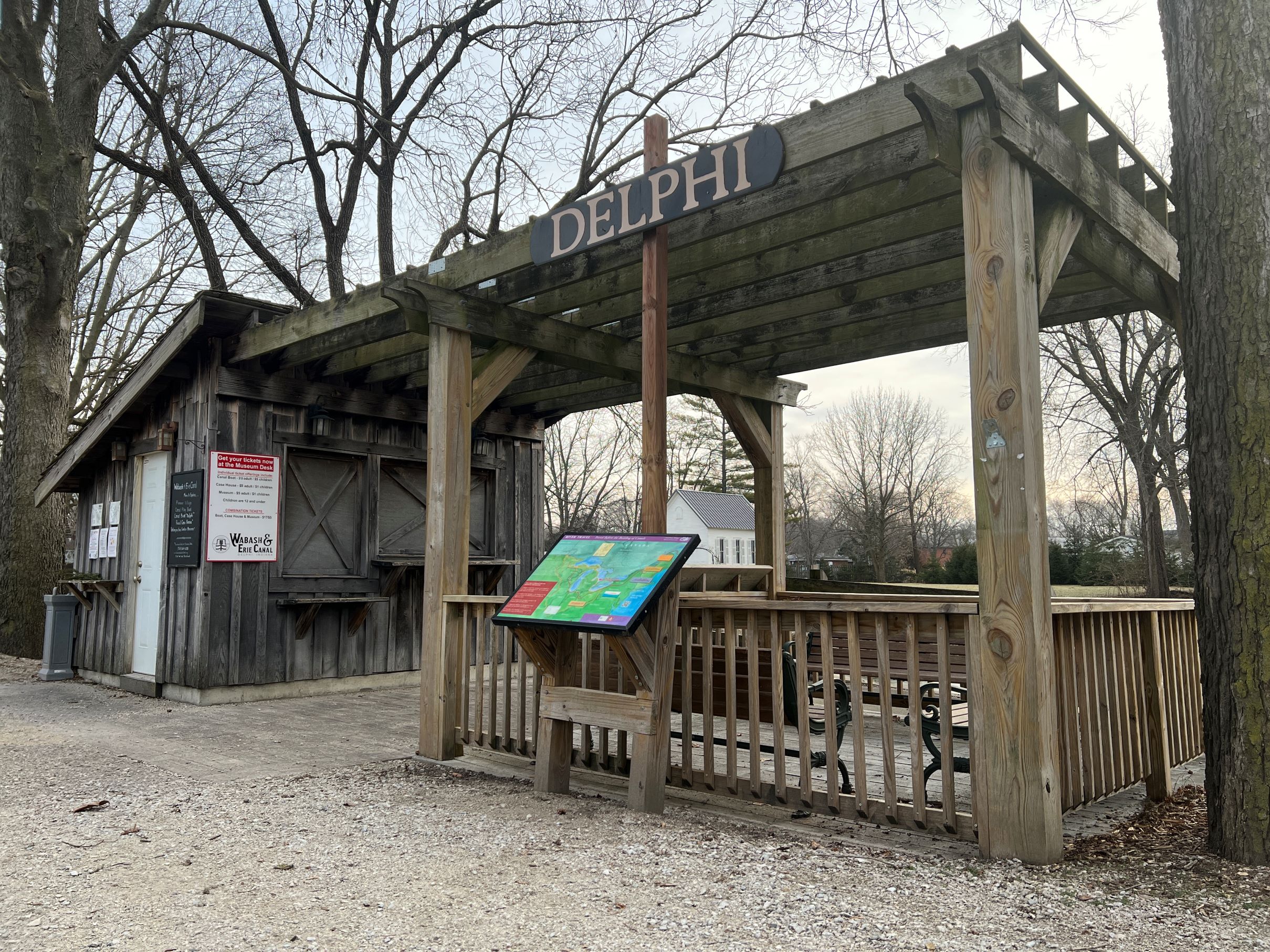
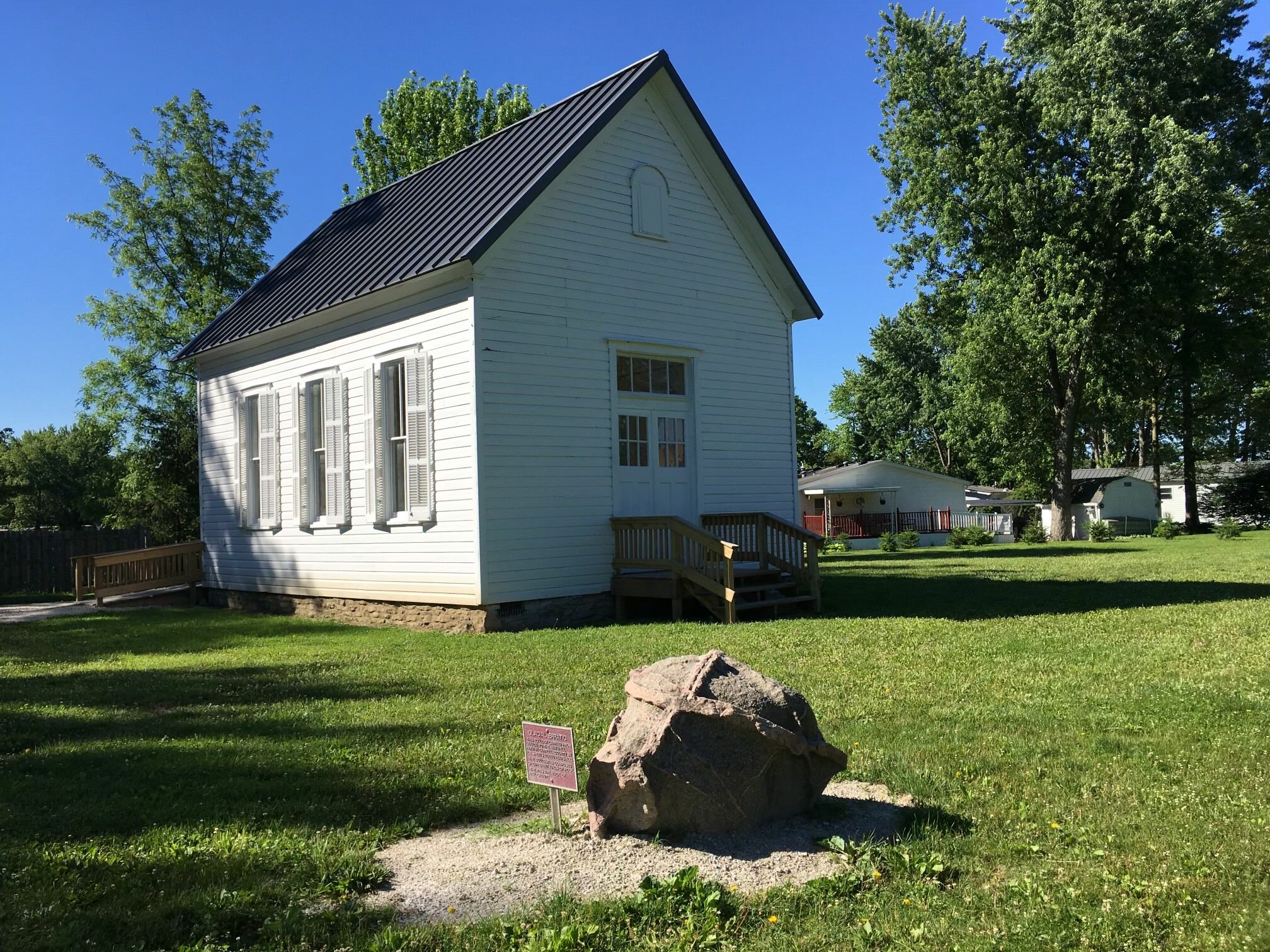
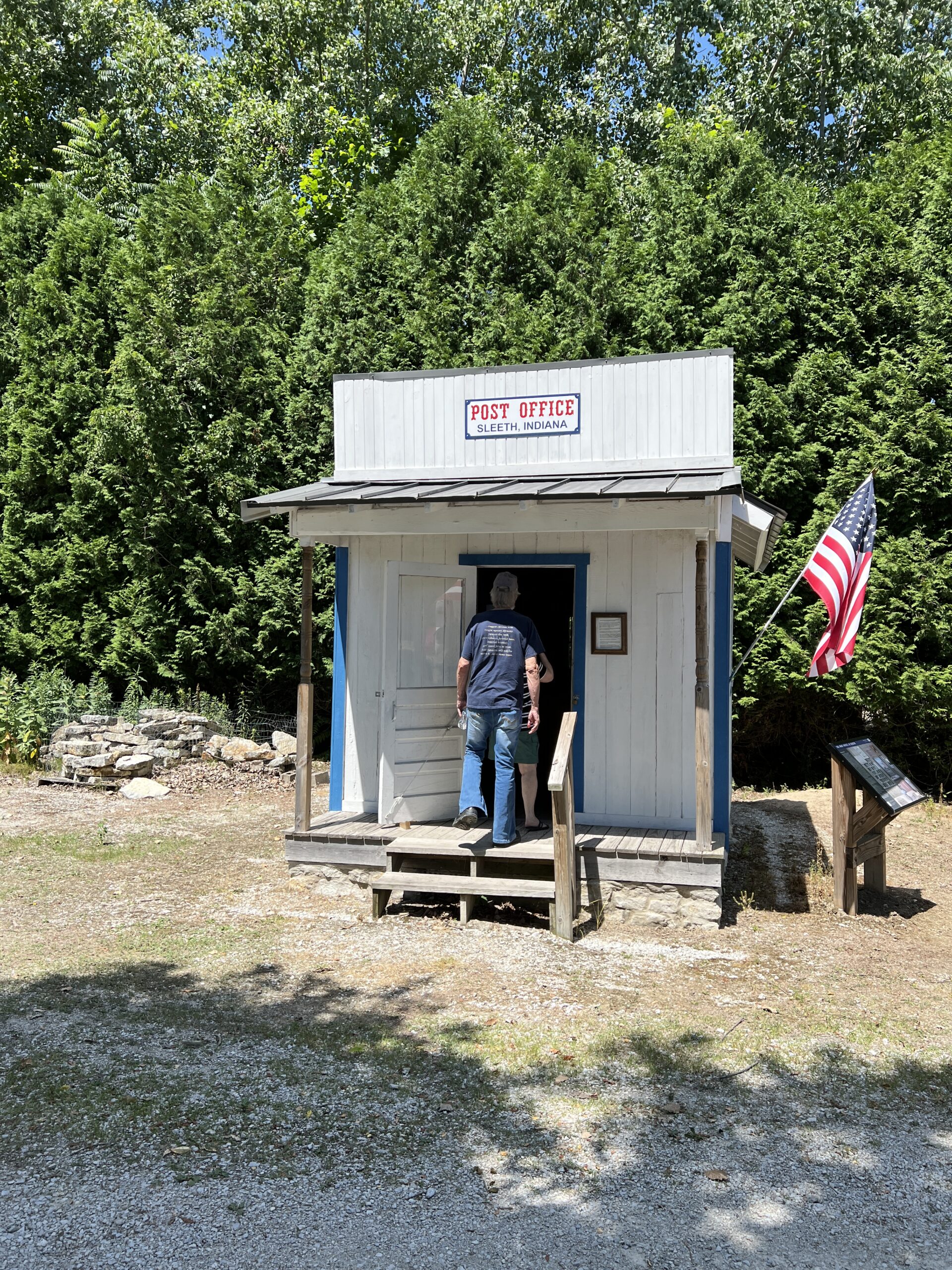
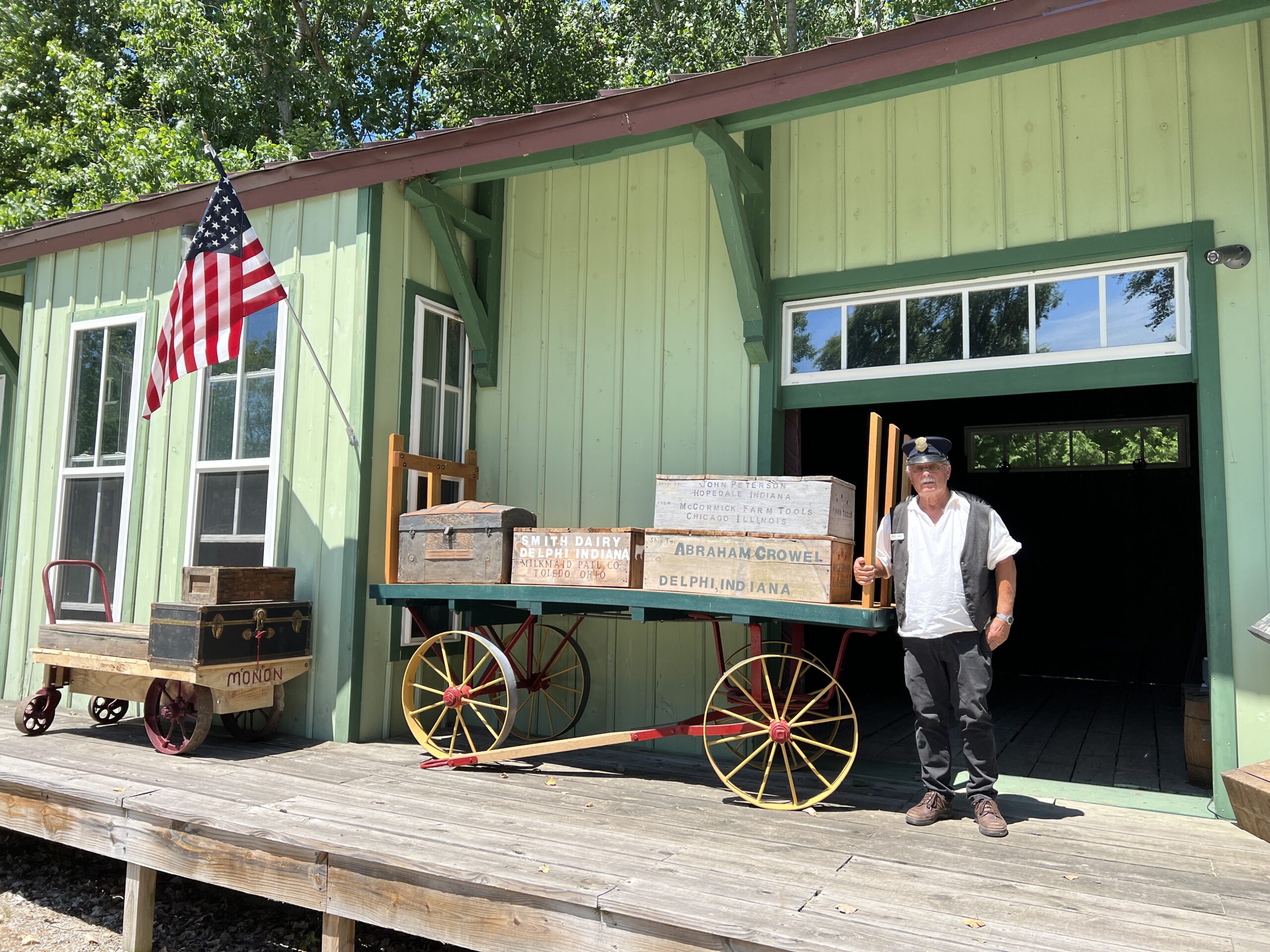
Historic Trades Classes
Start learning weaving, coopering, hearth cooking, and much more! If you are interested in learning one of our historic trades for yourself, enroll in an upcoming class at Canal Park!
